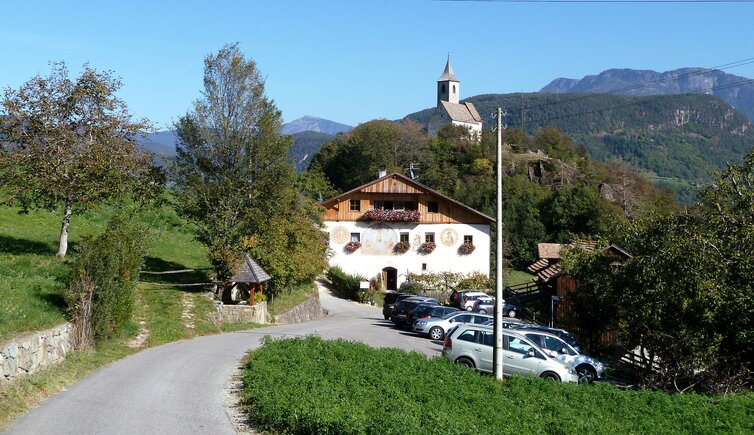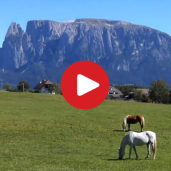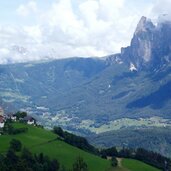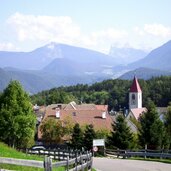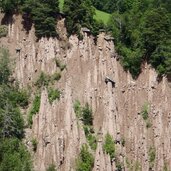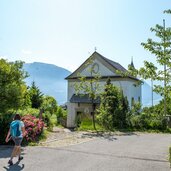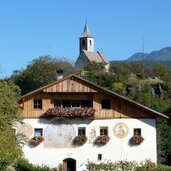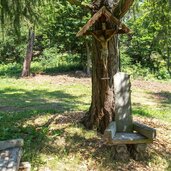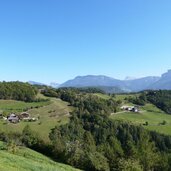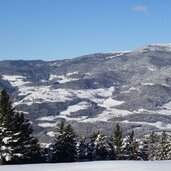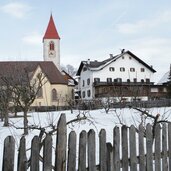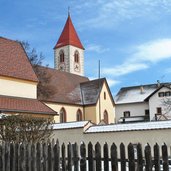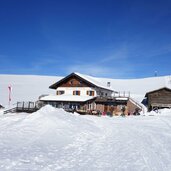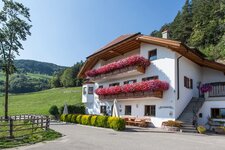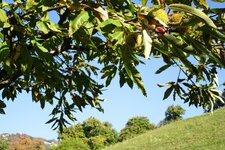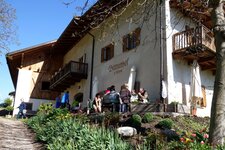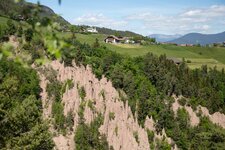Hike the Longostagno Circular Trail to discover a witches’ meeting place and two historic chapels
Image gallery: Longostagno
Longostagno, the easternmost district of the Renon plateau, is a small hamlet at just under 1,000 metres above sea level. It invites you to enjoy leisurely hikes and bike rides in every season. You'll find it on the road from Longomoso to Monte di Mezzo, near the famous Earth Pyramids.
Longostagno looks back on a history steeped in tradition. In 1177, Emperor Frederick Barbarossa granted the village market rights. The first documented mention of the Parish Church of St. Odile also dates back to the same year. At that time, numerous emperors and pilgrims passed through here, as the Isarco Gorge was still impassable, and the most important route to Rome led over the Renon plateau. Around Longostagno, there are many beautiful places to discover and linger.
The "Plan der Hexen", that's to say the "Witches' Plan" in the nearby forest, is said to have once been a meeting place for witches and magicians. Today, it is a popular picnic spot. Two historically and culturally interesting chapels are also worth a visit: St. Verena in Pietrarossa, where a Celtic place of worship once stood, and St. Andrew near Antlas below Longostagno (Lengstein).
The Chapel of St. Andrew houses frescoes dating back to around 1300. The approximately three-hour Longostagno Circular Trail connects all these places. Especially in autumn, with its vibrant colours, the Chestnut Trail attracts numerous hikers. This multi-day tour leads from Bolzano to Bressanone. After a hike during this season, a relaxing stop at one of the traditional Toerggele locations is just the thing. There, hearty South Tyrolean dishes and Toerggele specialities, such as Schlachtplatte - a mixed meat platter - and sweet South Tyrolean Krapfen, await you.
